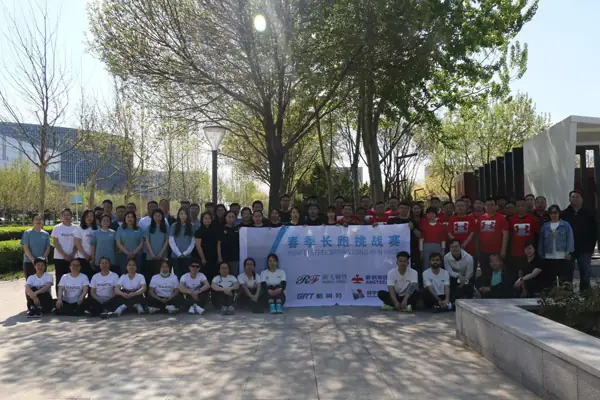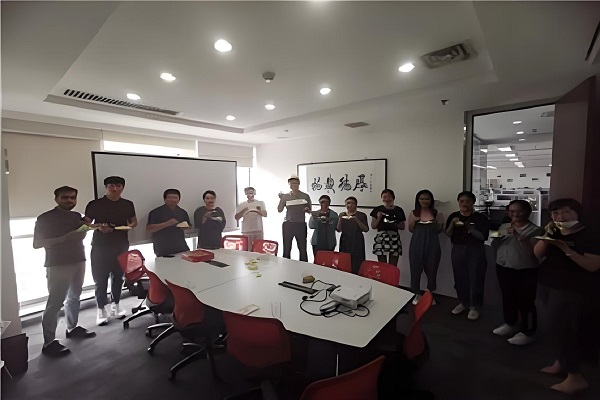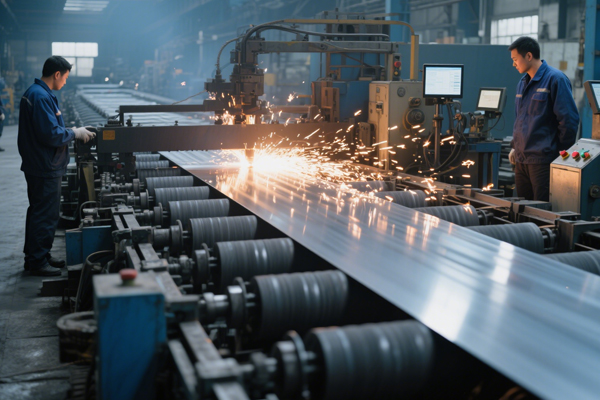The Decline in Raw Material Prices Combined With Weak Demand Has Led To A Decline in Brazilian Slab Prices
Recently, the Brazilian slab export market has been sluggish, with slab prices ranging from $570-580 per ton FOB, a decrease of $10 per ton compared to last week. Although major Brazilian exporters have resumed export orders for July and August shipping schedules, the market remained slow in early June, with buyers mainly purchasing on demand. Market participants stated that a cold market at the beginning of the month is the norm, and the strong bearish sentiment among market participants this month has led to a further decline in export volume.
In terms of raw materials, the decline in iron ore prices has led to a relatively negative market sentiment and a loss of support for slab prices. On the supply side, in March, a fire broke out in an electric furnace at the L á zaro C á rdenas steel plant in Mexico, causing a loss of 1 million tons of steel production capacity. In addition, starting from May 24th, workers at the steel plant went on strike, further affecting steel production. In order to meet the demand for supplying slabs to the American Calvert steel plant (AM/NS Calvert), ArcelorMittal’s Brazilian steel plant had to transfer some of its production capacity to produce these slabs, thereby reducing the local slab production capacity of Brazilian steel plants to some extent. However, due to the recent decrease in demand for slab at the Calvert steel plant in the United States, the destocking of slab inventory in Brazil is facing challenges. In terms of demand, the price of hot coils in the United States has dropped to the lowest point in nearly 8 months, which is $790 per ton EXW, and there is insufficient willingness to import Brazilian slab. On June 12th, the Federal Reserve announced that it would not cut interest rates, maintaining them at 5.25-5.50%, the highest level in nearly 20 years, which also had a negative impact on market demand.







